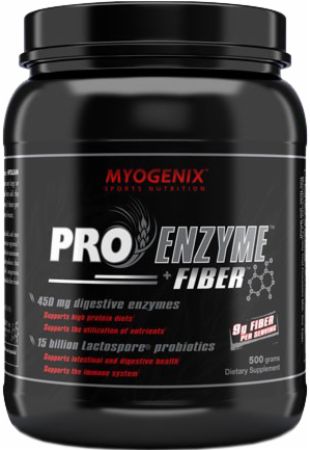

#Digestive enzymex free#
Rather, it must first be digested into a 2-monoglyceride and two free fatty acids. A triglyceride molecule cannot be directly absorbed across the intestinal mucosa. More on this later.Ī major component of dietary fat is triglyceride, or neutral lipid. Some of the other proteases from the pancreas, for instance carboxypeptidase, have that ability, but the final digestion of peptides into amino acids is largely the effect of peptidases on the surface of small intestinal epithelial cells. Trypsin and chymotrypsin digest proteins into peptides and peptides into smaller peptides, but they cannot digest proteins and peptides to single amino acids. The net result is a rather explosive appearance of active protease once the pancreatic secretions reach the small intestine. Once trypsin is formed it activates chymotrypsinogen, as well as additional molecules of trypsinogen. Trypsinogen is activated by the enzyme enterokinase, which is embedded in the intestinal mucosa.
/GettyImages-141527178-56a3aeda5f9b58b7d0d32517.jpg)
Once trypsinogen and chymotrypsinogen are released into the lumen of the small intestine, they must be converted into their active forms in order to digest proteins. The secretory vesicles also contain a trypsin inhibitor which serves as an additional safeguard should some of the trypsinogen be activated to trypsin following exocytosis this inhibitor is diluted out and becomes ineffective - the pin is out of the grenade. The two major pancreatic proteases are trypsin and chymotrypsin, which are synthesized and packaged into secretory vesicles as the inactive proenzymes trypsinogen and chymotrypsinogen.Īs you might anticipate, proteases are rather dangerous enzymes to have in cells, and packaging of an inactive precursor is a way for the cells to safely handle these enzymes. Several proteases are synthesized in the pancreas and secreted into the lumen of the small intestine. Three major groups of enzymes are critical to efficient digestion:ĭigestion of proteins is initiated by pepsin in the stomach, but the bulk of protein digestion is due to the pancreatic proteases. The pancreas secretes a magnificent battery of enzymes that collectively have the capacity to reduce virtually all digestible macromolecules into forms that are capable of, or nearly capable of being absorbed. The enzymes are synthesized and secreted from the exocrine acinar cells, whereas bicarbonate is secreted from the epithelial cells lining small pancreatic ducts. Pancreatic juice is composed of two secretory products critical to proper digestion: digestive enzymes and bicarbonate. Digestive System > Pancreas Exocrine Secretions of the Pancreas


 0 kommentar(er)
0 kommentar(er)
